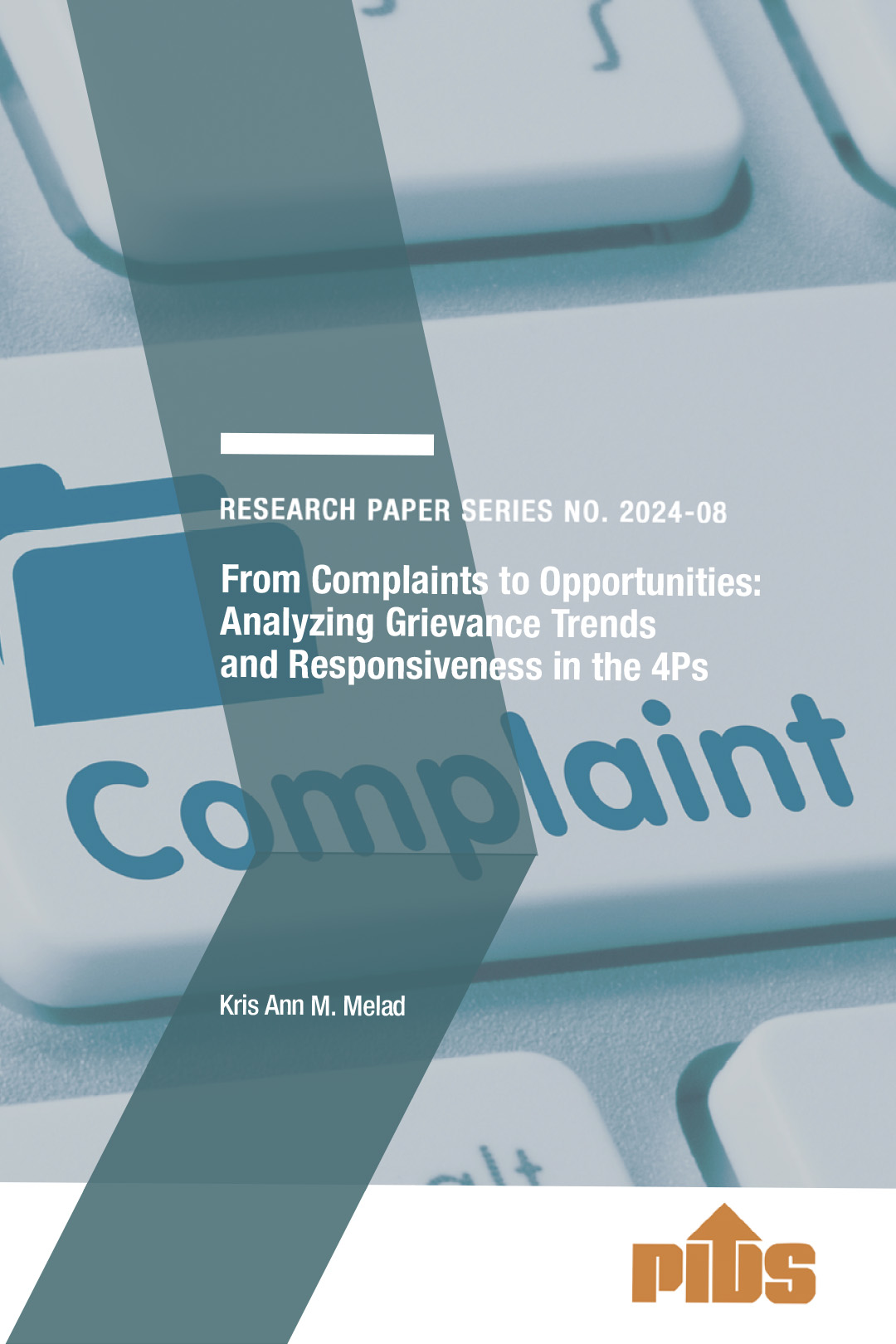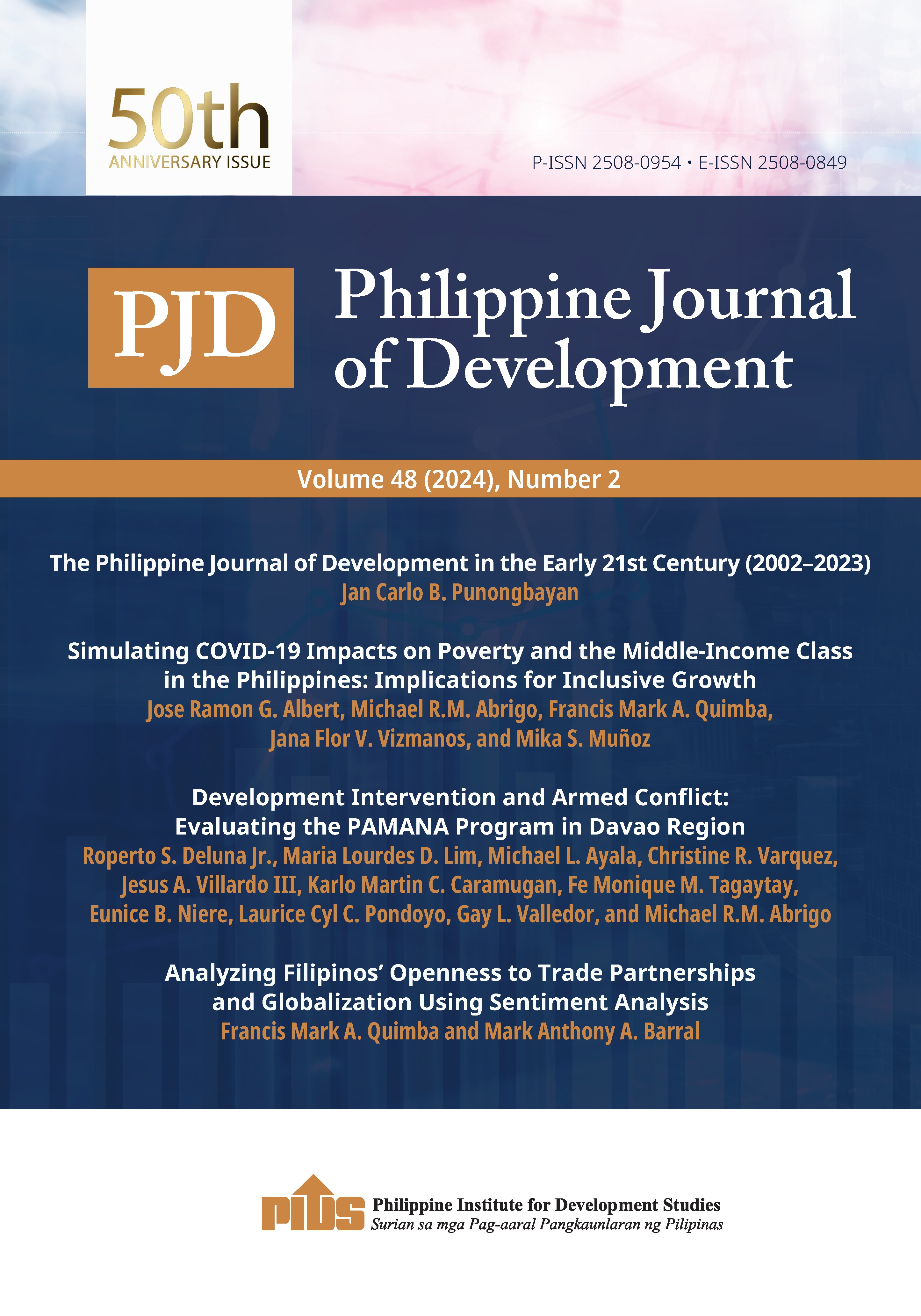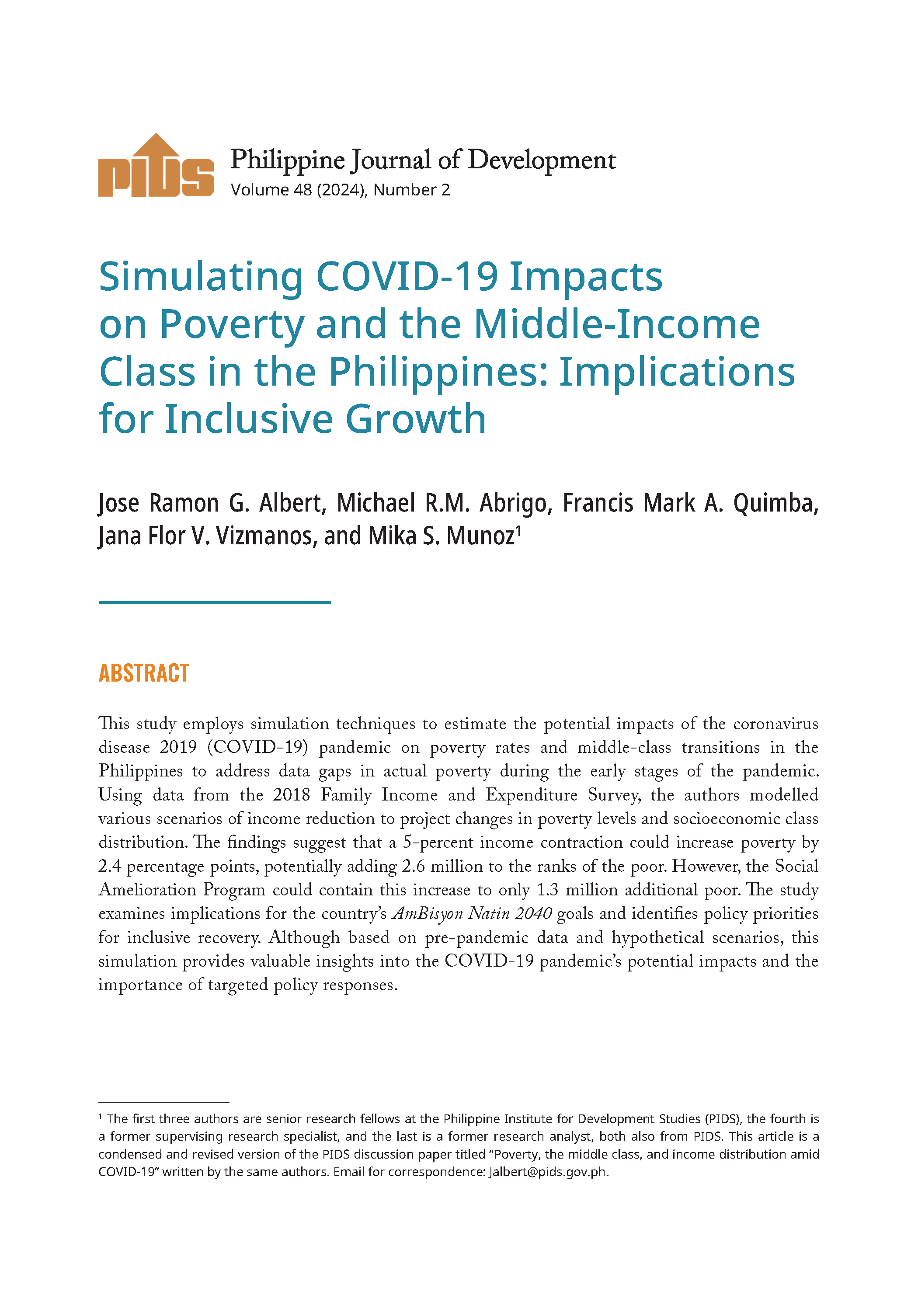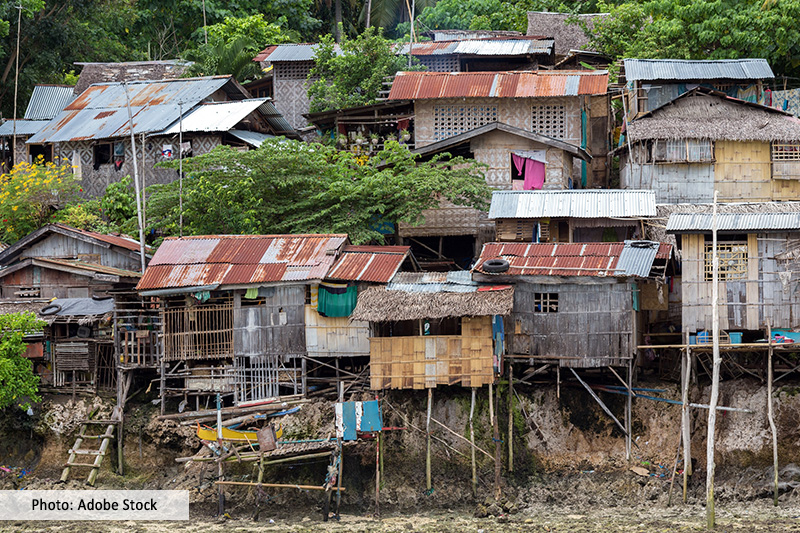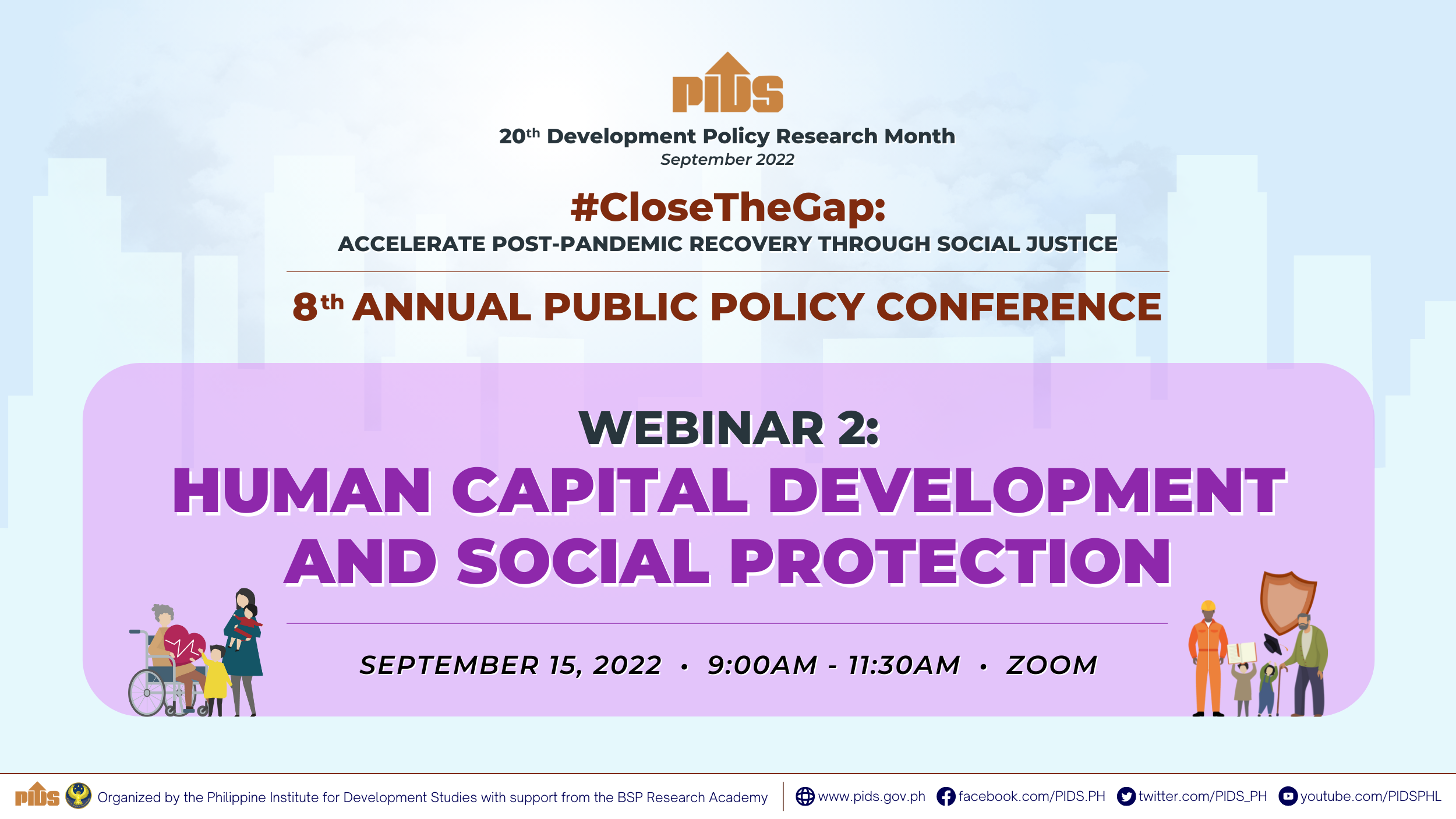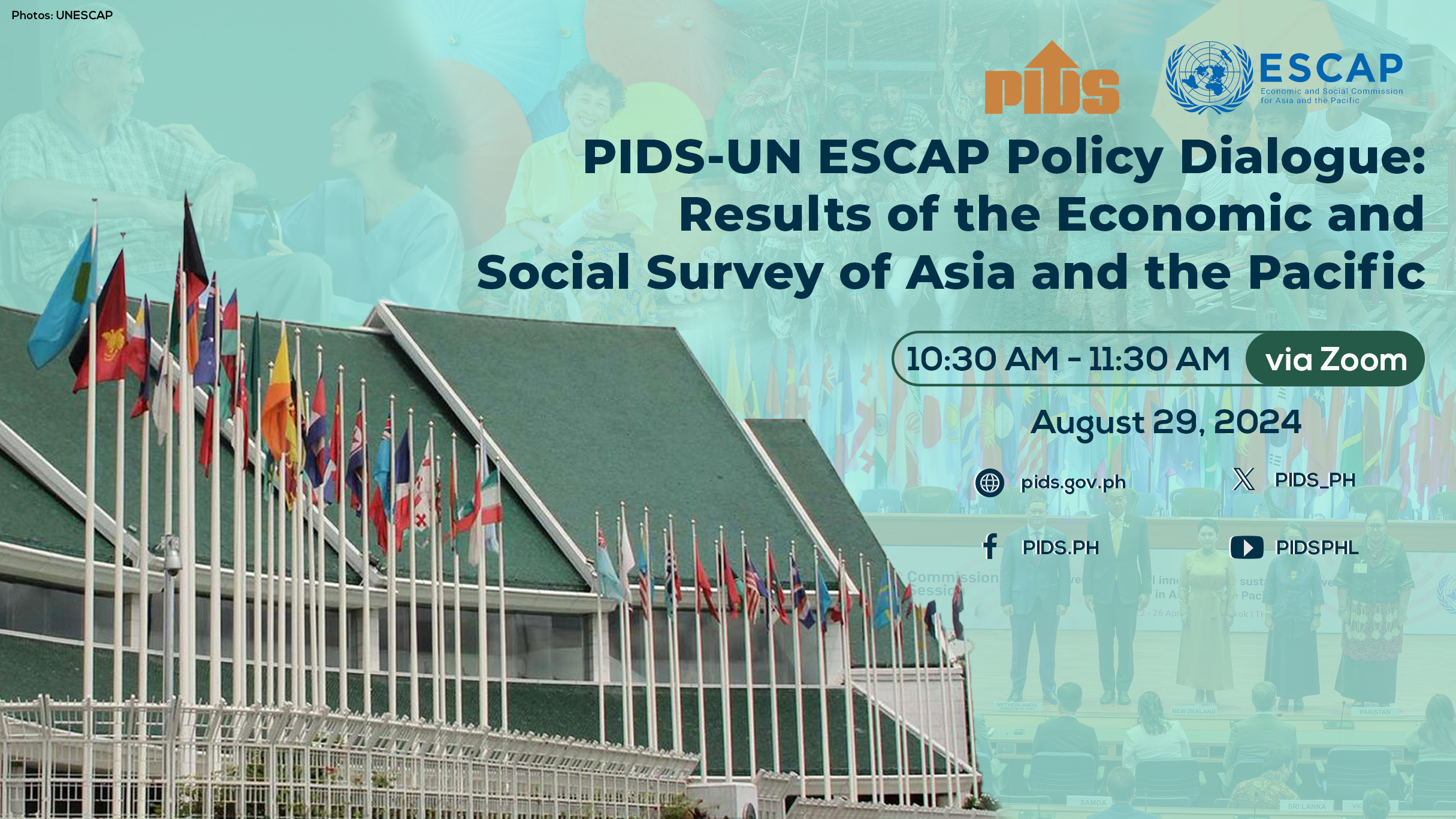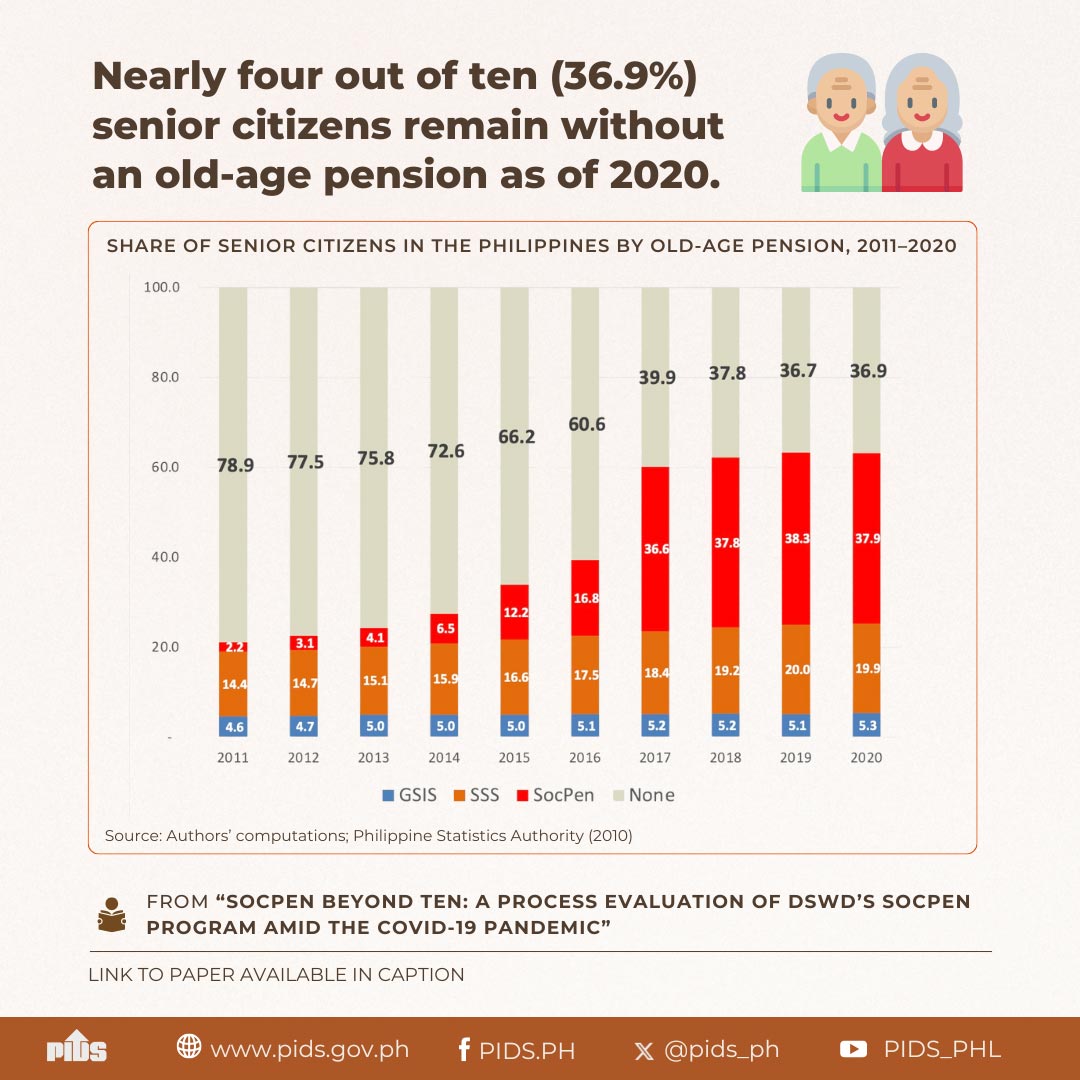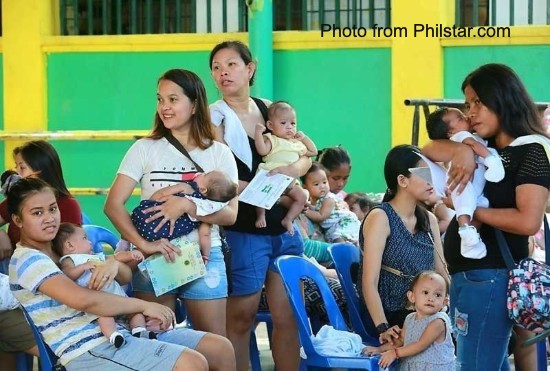
As public spending on social protection programs increases, government should continuously improve the design and implementation of these programs.
The Philippine government spent 5.8 percent of its total annual budget from 2009 to 2017 on social protection, according to a study of state think tank Philippine Institute for Development Studies (PIDS) titled “A Public Expenditure Review of Social Protection Programs in the Philippines”.
Social protection programs under the Department of Social Welfare and Development (DSWD) received the lion's share of the government's social protection budget in the said period—an average of 0.04 percent of the national budget or about 45 percent of the annual budget of the DSWD.
As the biggest social protection program in the country, the Pantawid Pamilyang Pilipino Program (4Ps) receives nearly half of the annual total budget of the government for social protection. The rest are allocated to other social protection programs under the DSWD such as the Kapit-Bisig Laban sa Kahirapan-Comprehensive and Integrated Delivery of Social Services or the KALAHI-CIDSS, the Livelihood and Self-employment Programs, Social Pension Program, Supplemental Feeding Program, and Assistance to Individuals in Crisis Situations.
The 4Ps has become a permanent program of the government requiring regular appropriations from the DSWD’s annual budget with the passage of Republic Act 11310 or the Pantawid Pamilyang Pilipino Program Act.
The authors of the PIDS study, Research Fellow Charlotte Justine Diokno-Sicat and Research Specialist Maria Alma Mariano, noted the risk of an eligible person being excluded in a program hence the need to continuously improve the design.
Likewise, they emphasized the importance of improving the coherence of social protection programs, especially those with fragmented and overlapping objectives. The review could lead to the consolidation or refocusing of programs within or across agencies with similar functions or objectives.
As an example, they cited how the School-based Feeding Program (SBFP) of the Department of Education (DepEd) has evolved from various breakfast feeding programs into what it is now. The authors partly attributed the enhancements in the government's feeding programs, which were consolidated into one program under the SBFP, to the recommendations of an impact assessment conducted by the PIDS.
Earlier versions of DepEd's feeding programs were the Breakfast Feeding Program (1997), the Supplemental Food Program that was later renamed to Malusog na Simula, Mayaman na Bansa (2007), and the Food for School Program (2005) that was discontinued around 2009 based on an assessment of the Department of Budget and Management that showed that the program was no longer delivering its intended outcomes.
The authors likewise noted that audit reports and impact assessments, such as in the case of 4Ps, contributed to the improvements in the design of social protection programs as well as in allaying fears regarding negative effects.
To improve both design and targeting, the study recommended continuous monitoring and evaluation of the efficiency and effectiveness of the government’s social protection programs. This, they argued, must be evidence-based to judiciously assess the future policy direction of these initiatives. Lastly, they said that the availability of timely and consistent data is essential for implementing evidence-based reforms. ###
The Philippine government spent 5.8 percent of its total annual budget from 2009 to 2017 on social protection, according to a study of state think tank Philippine Institute for Development Studies (PIDS) titled “A Public Expenditure Review of Social Protection Programs in the Philippines”.
Social protection programs under the Department of Social Welfare and Development (DSWD) received the lion's share of the government's social protection budget in the said period—an average of 0.04 percent of the national budget or about 45 percent of the annual budget of the DSWD.
As the biggest social protection program in the country, the Pantawid Pamilyang Pilipino Program (4Ps) receives nearly half of the annual total budget of the government for social protection. The rest are allocated to other social protection programs under the DSWD such as the Kapit-Bisig Laban sa Kahirapan-Comprehensive and Integrated Delivery of Social Services or the KALAHI-CIDSS, the Livelihood and Self-employment Programs, Social Pension Program, Supplemental Feeding Program, and Assistance to Individuals in Crisis Situations.
The 4Ps has become a permanent program of the government requiring regular appropriations from the DSWD’s annual budget with the passage of Republic Act 11310 or the Pantawid Pamilyang Pilipino Program Act.
The authors of the PIDS study, Research Fellow Charlotte Justine Diokno-Sicat and Research Specialist Maria Alma Mariano, noted the risk of an eligible person being excluded in a program hence the need to continuously improve the design.
Likewise, they emphasized the importance of improving the coherence of social protection programs, especially those with fragmented and overlapping objectives. The review could lead to the consolidation or refocusing of programs within or across agencies with similar functions or objectives.
As an example, they cited how the School-based Feeding Program (SBFP) of the Department of Education (DepEd) has evolved from various breakfast feeding programs into what it is now. The authors partly attributed the enhancements in the government's feeding programs, which were consolidated into one program under the SBFP, to the recommendations of an impact assessment conducted by the PIDS.
Earlier versions of DepEd's feeding programs were the Breakfast Feeding Program (1997), the Supplemental Food Program that was later renamed to Malusog na Simula, Mayaman na Bansa (2007), and the Food for School Program (2005) that was discontinued around 2009 based on an assessment of the Department of Budget and Management that showed that the program was no longer delivering its intended outcomes.
The authors likewise noted that audit reports and impact assessments, such as in the case of 4Ps, contributed to the improvements in the design of social protection programs as well as in allaying fears regarding negative effects.
To improve both design and targeting, the study recommended continuous monitoring and evaluation of the efficiency and effectiveness of the government’s social protection programs. This, they argued, must be evidence-based to judiciously assess the future policy direction of these initiatives. Lastly, they said that the availability of timely and consistent data is essential for implementing evidence-based reforms. ###

